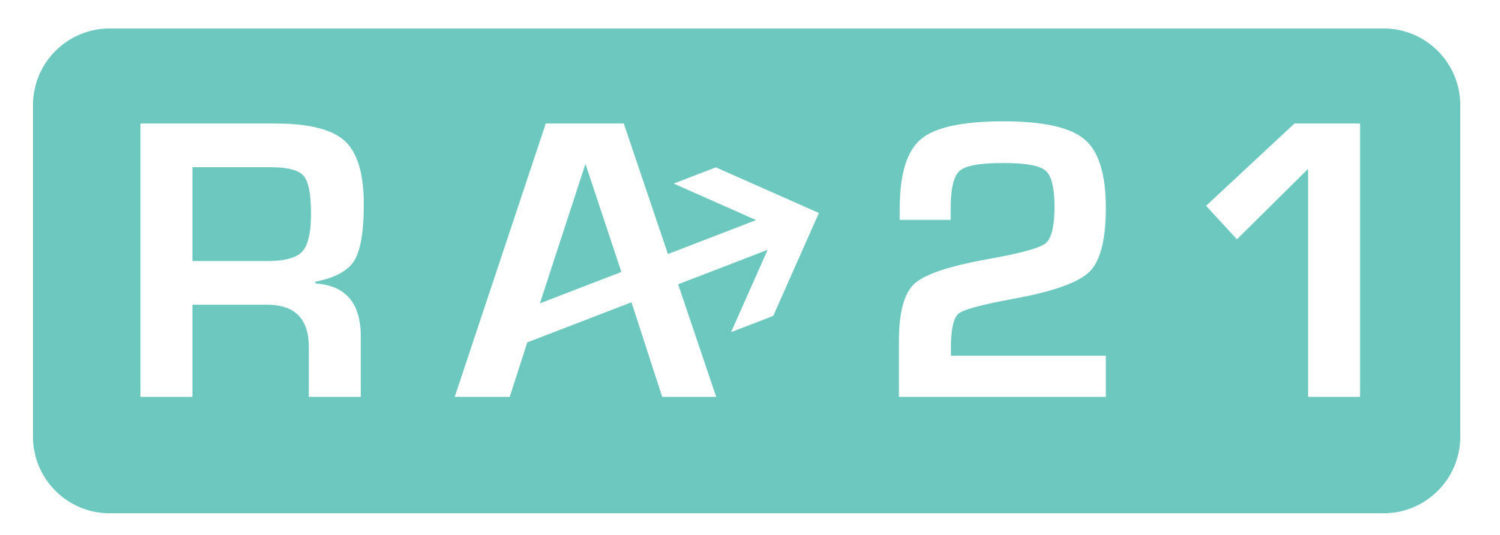What is RA21
What is RA21?
Resource Access for the 21st Century (RA21) is a joint STM and NISO initiative aimed at optimizing protocols across key stakeholder groups, with a goal of facilitating a seamless user experience for consumers of scientific communication. In addition, this comprehensive initiative is working to solve long standing, complex, and broadly distributed challenges in the areas of network security and user privacy. Community conversations and consensus building to engage all stakeholders is currently underway in order to explore potential alternatives to IP-authentication, and to build momentum toward testing alternatives among researcher, customer, vendor, and publisher partners. For more answers to frequently asked questions, please see our FAQ.
Why RA21?
RA21’s mission is to align and simplify pathways to subscribed content across participating scientific platforms. RA21 will address the common problems users face when interacting with multiple and varied information protocols.
RA21 recognizes Researcher requirements for:
- Seamless access to subscribed resources, from any device, from any location, from any starting point
- A consistent, intuitive user experience across resources
- Increased security for management of personal data
- Streamlined text and data mining
RA21 recognizes Resource Provider objectives to:
- Provide individualized and differentiated access for better reporting to governing bodies and clients
- Offer personalised services to accelerate insight and discovery
- Ensure the integrity of content on both institutional and commercial platforms
RA21 recognizes Customer responsibilities to:
- Minimise the administrative burden of providing access to authorised user communities
- Maximise the use of the resources purchased
- Protect the privacy of user communities and advocate for their security
How will RA21 work?
A simple and secure access infrastructure requires involvement of a diversity of players and therefore a diverse approach. Key stakeholders will explore pathways to move beyond IP-recognition as the primary authentication system. The RA21 Taskforce will not build a specific technical solution or an industry-wide authentication platform; rather its objective is to:
- Recommend new solutions for access strategies beyond IP recognition practices
- Explain the standard measures that publishers, libraries and end-users should undertake for better protocols and security
- Test and improve solutions by organizing pilots in a variety of environments for the creation of best practice recommendations.
Guiding Principles
The RA21 Task Force has adopted a series of Guiding Principles to steer the discussion and implementation.
All are invited to provide feedback into the plan following introductory meetings at STM and CNI (Coalition for Networked Information) in December 2016. These principles are designed to provide clarity and purpose as solutions are being identified:
- The user experience for researchers will be as seamless as possible, intuitive and consistent across varied systems, and meet evolving expectations.
- The solution will work effectively regardless of the researcher’s starting point, physical location, and preferred device.
- The solution will be consistent with emerging privacy regulations, will avoid requiring researchers to create yet another ID, and will achieve an optimal balance between security and usability.
- The system will achieve end-to-end traceability, providing a robust, widely adopted mechanism for detecting fraud that occurs at institutions, vendor systems, and publishing platforms.
- The customer will not be burdened with administrative work or expenses related to implementation and maintenance. The implementation plan should allow for gradual transition and account for different levels of technical and organizational maturity in participating institutions.
